How (and Where) Goods Are Made
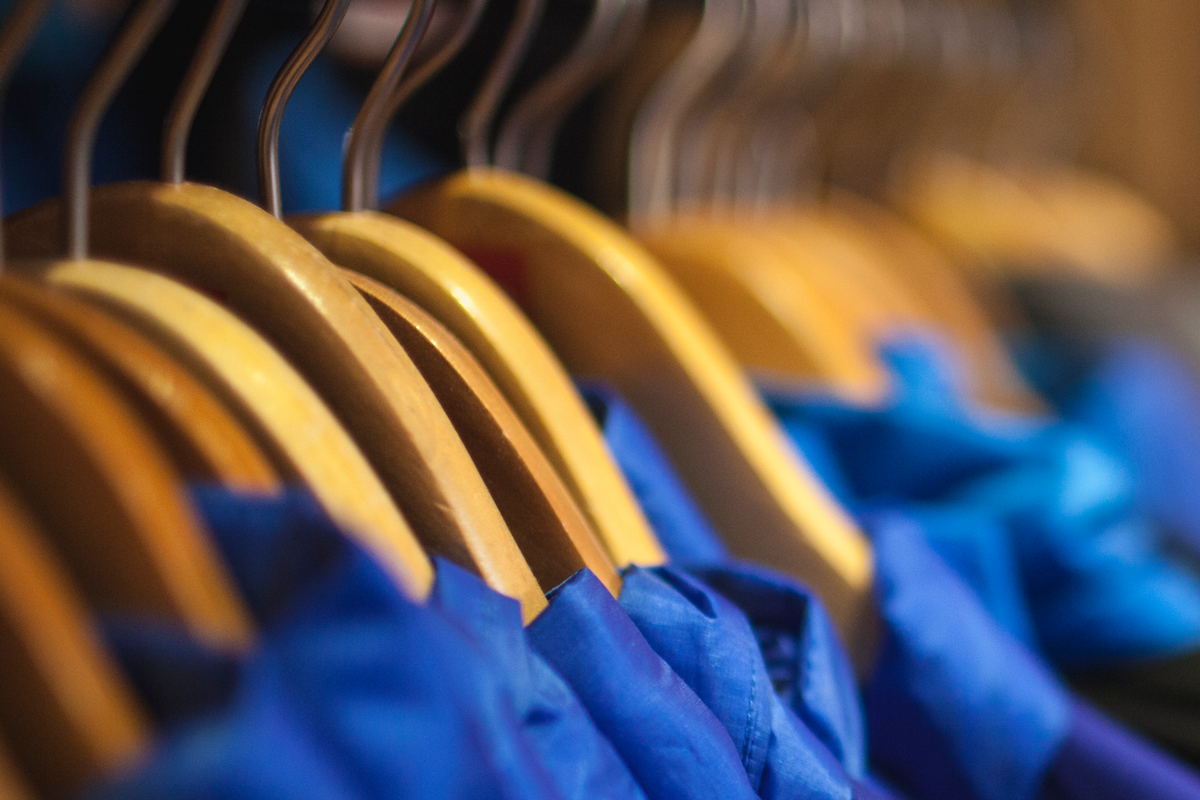
The panel consisted of 152 active men and women who live in the U.S, with an average age of 37.


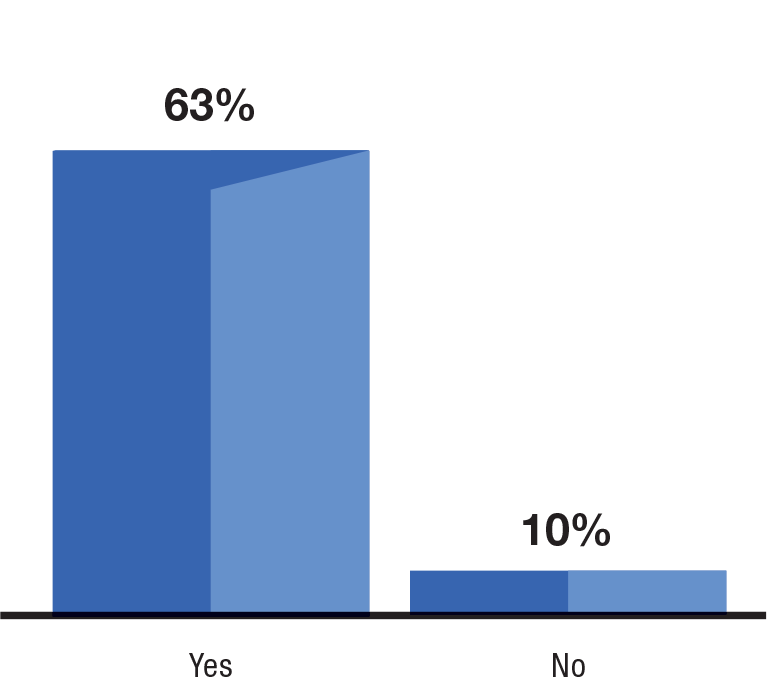
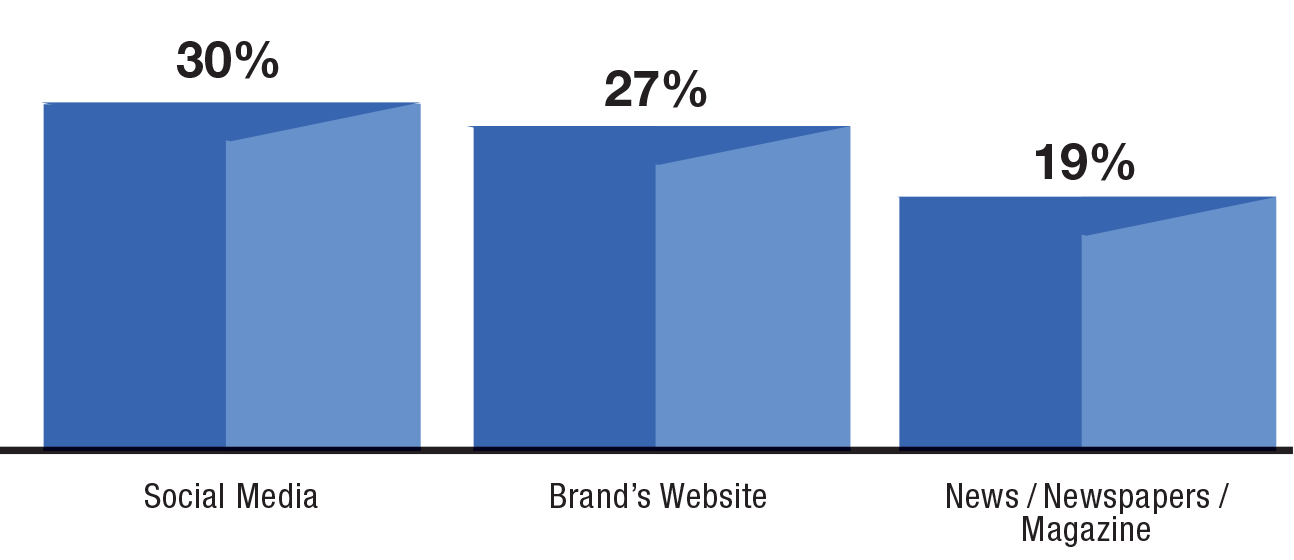
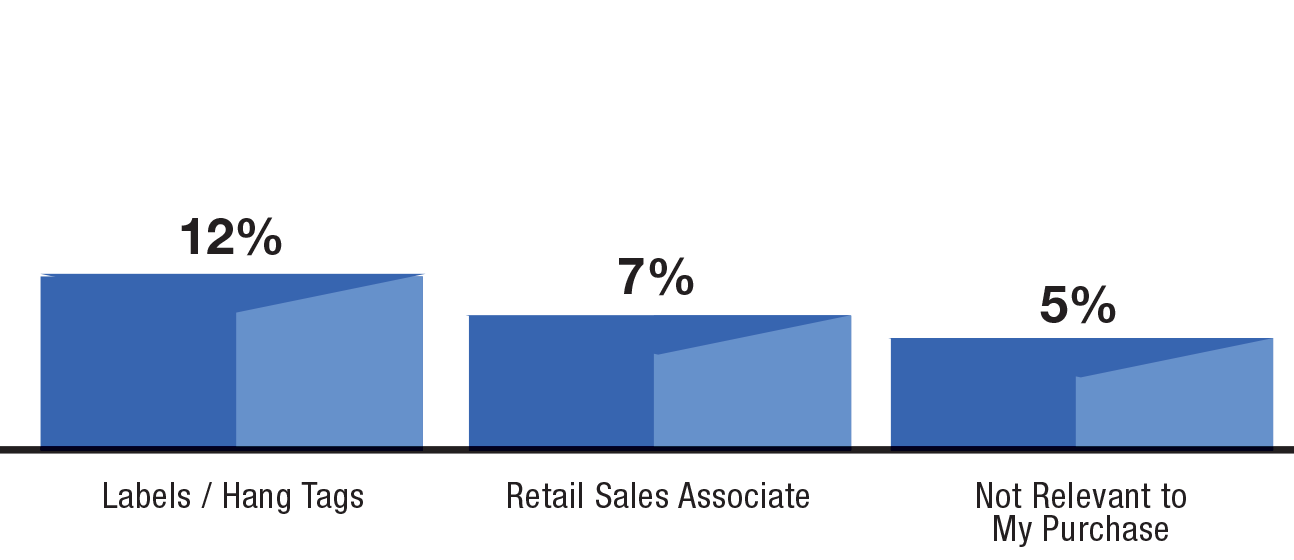

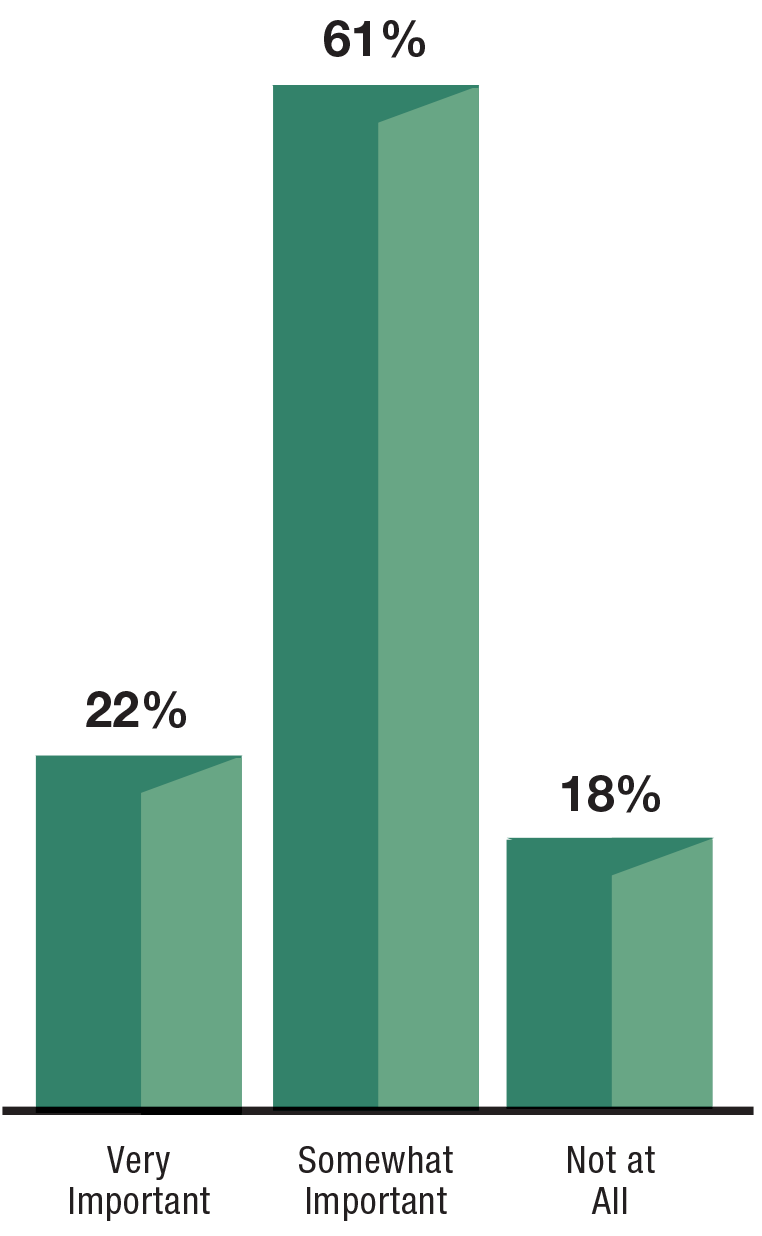
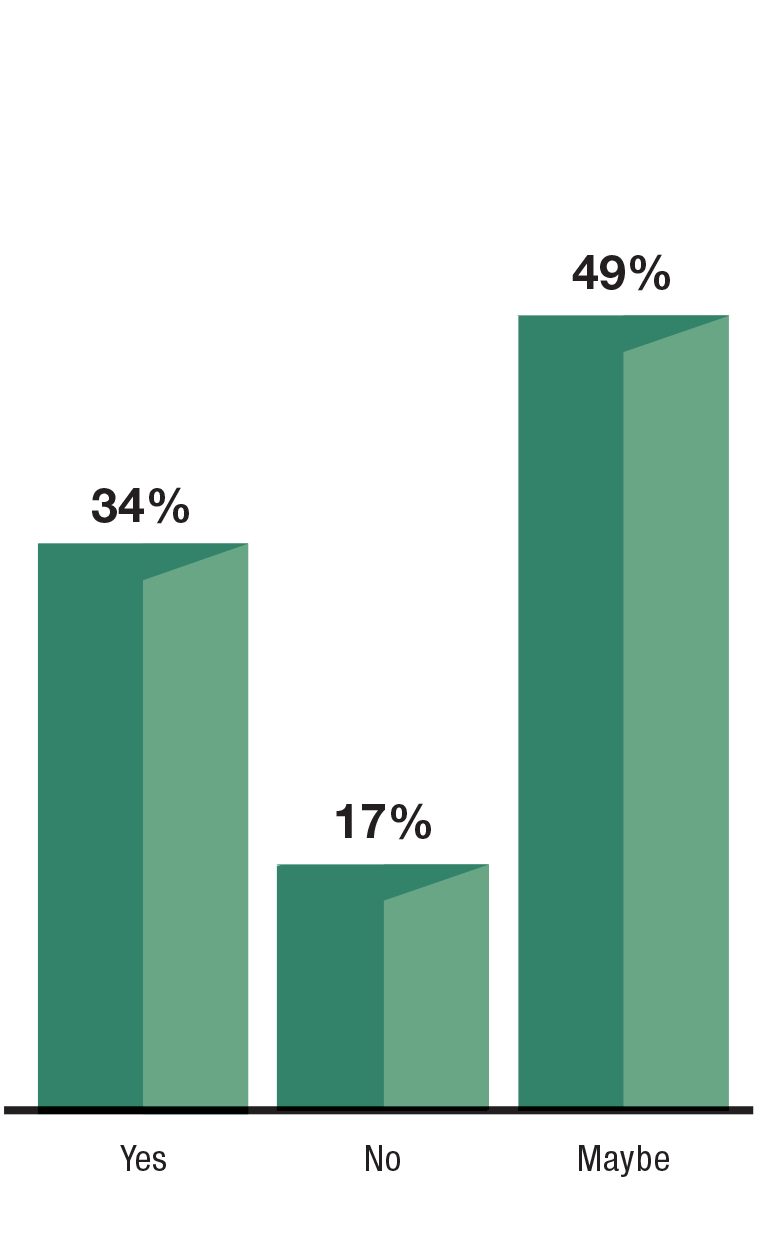

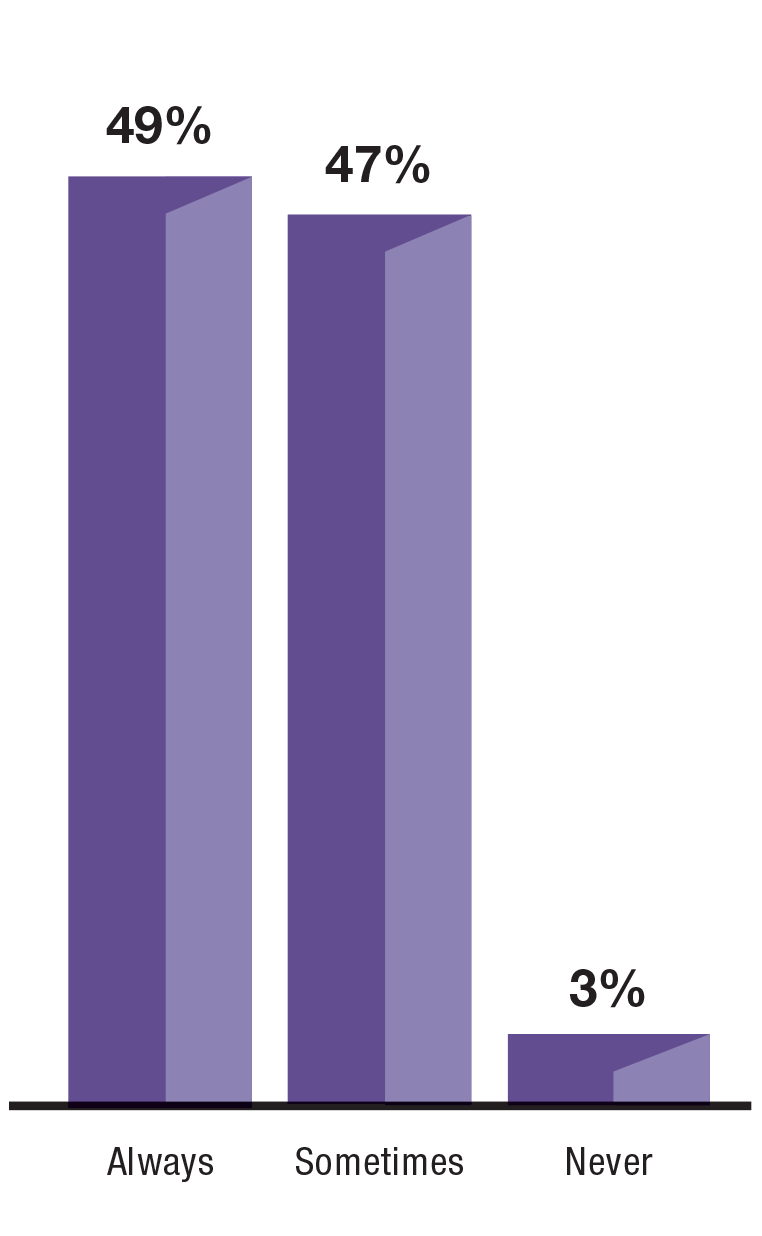













It means a company valued employing and paying Americans to make their product even if it meant paying more.
It means that I know the item was made in a facility paying fair wages to its employees and upholding a standard of safety and environmental practices.
The product is manufactured in America - which employees Americans, uses local products, less use of resources (gas, time, etc.) due to transportation overseas, hopefully higher quality.
Supporting jobs domestically. Quality.
It used to mean quality. Now, it just means it was made here, but not necessarily a good product.
Materials, fabrics and assembly made/constructed in the US. I understand most fabrics are not manufactured in US but, I would like to see it done more!
Higher price, possibly better quality.
The message generally conveyed by advertising is that the product is produced in America, by American workers, using resources cultivated in America. From the experience in my career industry, I have come to understand that it can simply mean resources or parts were imported from other countries then assembled on American soil by American workers. It’s a cynical take but in general I see the ‘Made in America’ label as a way for advertisement to appeal to national pride. I understand and appreciate the value of keeping jobs here in America and know there are often higher costs associated with that, but the manipulation of that label has tainted its value to me.
It means that the company is helping to support American citizens make an honest living.
You are paying more for a product that was made here and jobs are staying local.
It means that I know the item was made in a facility paying fair wages to its employees and upholding a standard of safety and environmental practices.
Whenever possible, I prefer to purchase goods that are labeled “Made In America”, even if it means a small increase in overall cost of the product. The label means to me that the product is literally created in the United States.
Cost more and is a good selling point. Would like to support made in America brands more but hard to do on my budget.
Support for workers in the U.S.

As a consumer, buying things that are reusable or easily recyclable. Avoiding excess packaging, bringing my own bags, etc. Looking for items made from sustainable resources.
Thinking about the entire supply chain when buying something. Environment, people and values.
Made local, natural, ingredients are safe. Company cares about humans not the dollar.
Buying from brands that treat employees and suppliers with fair practices.
Buy responsibly means to purchase products that you can afford and don’t put you or your community in harm or danger. Whether that be with use of materials or where the product is made.
Invest in products that do good for the world, and avoid those made by companies that do bad.
Purchasing products that align with your values.
Honestly, not much. I’m not really into that. I’m on a budget, so “fast fashion” is affordable for me. I can’t afford to pay double for something because it was made here instead of China.
Don’t buy unneeded crap.
It means supporting the purchase of good products that are made locally with a commitment to quality and pride and integrity for those who manufacture them.
Do your due diligence to be informed of the social stances and labor practices of the manufacturers of the products you consume.
Be aware of what your dollars are supporting.
Buying a product that is good quality and worth the money spent.
Invest money in a company through buying their product; a company that will do something charitable or noble with the funds.
No one is hurt or harmed manufacturing what I purchase.
It means as a consumer I take personal responsibility in the consequences for my consumption and lifestyle choices.
Buying the best quality product that will last so as not to contribute unnecessarily to waste and contribute the most to the local economy.
Means be aware of the brand’s practices before making a purchasing decision.
Knowing where and who made the product. Knowing what kind of materials are used (sustainable or not). When I buy something, I am announcing to this company that I agree with how you treat your employees and I trust you aren’t putting me or them in harms way.
